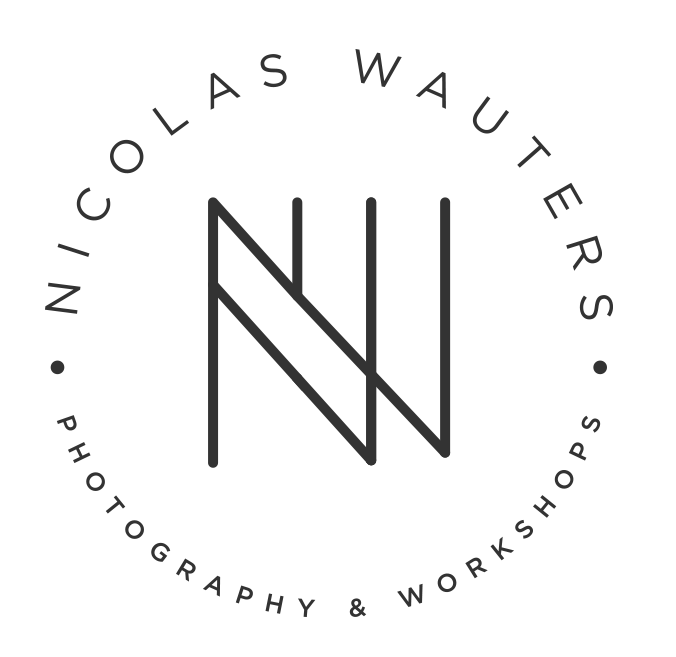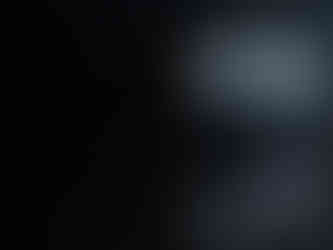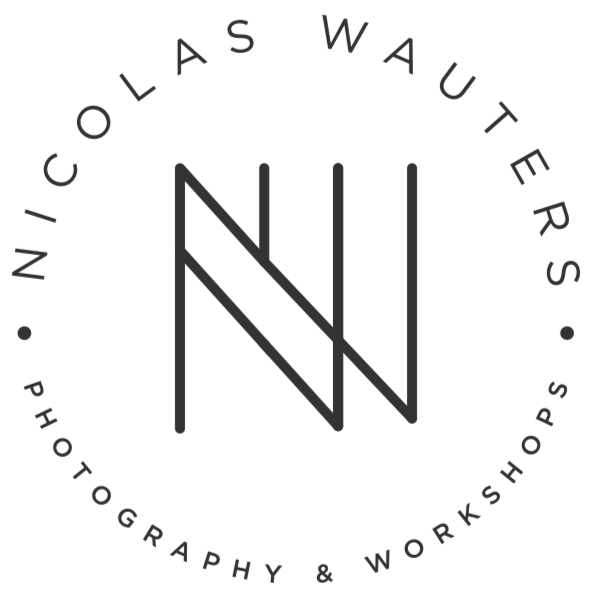How To Shoot The Milky Way - Everything Explained
- Nicolas Wauters

- Apr 12, 2022
- 4 min read
A heavenly dark sky with a brilliant red light painted with a fresco of stars around it… what a lovely picture, isn't it? That's the Milky Way. It is a dream for all the landscape and panoramic photographers to click 'that' perfect click of the galaxy. If you are one of them, this is the right place. Taking a shot of the Milky Way Galaxy or shooting a video of it is not child's play. It requires mountains of patience, rivers of trial-error, and a dash of camera knowledge and equipment! If you are ready with all this, then here's how to shoot the Milky Way- Everything Explained, along with some astrophotography tips!
Equipment Required
1. Advanced Camera :
First off, start with an astrophotography camera that provides great manual customization for better handling. The fewer automatic features it has, the better. As you would be shooting at nighttime, you also require a camera that allows manual focus settings because autofocus generally lags or glitches during nighttime.
A camera like Nikon D810A or Canon EOS 1000 will allow you great control over all these functions resulting in better results and hence top the astrophotography cameras list!

2. A Fast Lens :
A fast lens is your best friend for all your night photography ventures, especially if you are going for astrophotography. You need a special fast action wide-angle lens. These lenses are generally available in the f/1.4 – f/2.8 maximum aperture range.
If you wish to get the best results, a lens is even more important than a camera. A slow lens will not function well here as you would have to level up the ISO for better-lit pictures. However, this will give you a grainy effect on the pictures, making them look bad in quality.
Personally, I like to use the Samyang 14mm f2.8 which is surely the best value for money.
3. A Strong Tripod :
As we said earlier, it's all about patience. The shots of the Milky Way Galaxy that we see are all generally long exposure shots. For such pictures, the photographer has to hold still for at least 15 seconds or more, which will not be an easy task. A tripod is a must for astrophotography as you never know how long you might have to hold the camera for the final click.
Ensure that the tripod is heavy enough as you might be on a hilltop or a high altitude location with a good amount of winds around you. A strong tripod is required so that you can focus on the settings and the clicks rather than holding it still.
4. Location Scouting App :
No, we are not talking about where you will be shooting the Milky Way from. It is the location where the Milky Way would be on the particular day of your shoot. There are certain apps like Star Walk and Photo Pills that estimate the location of the Milky Way Galaxy for you.

This helps you to plan your location of shooting as well. These apps tell you exactly where and when you will get the best shot of the Milky Way. Make sure that you stay away from the city lights and as far away from pollution as possible to get the best photos.
5. Editing Softwares :
A good amount of editing is required for astrophotography as the shots taken are mostly dim-lit and not exactly legible. It is recommended that you use professional tools and good-quality editing apps to get the exact result you want.
How To Click A Good Shot?
1. Camera Settings :
This is when you realize the true potential of your camera. The camera and lens together allow you to click fabulous pictures at night. As we spoke earlier, slow lenses require high ISOs, resulting in grainy pictures.

As opposed to that, if you are using a fast lens, you can set a comparatively lower ISO, giving a better picture quality and lesser grains to deal with. Follow the below steps for a good shot:
● Turn off Auto ISO
● Set maximum aperture
● Determine and set the time for long exposure
● Set shutter speed
● Set ISO
Here, you can follow the 500/600 rule for shutter speed. This rule says that you have to divide either 500 or 600 by your lens’s focal length, which will give you the optimal shutter speed. You can choose either 500 or 600 depending on the shooting conditions.
For night photography, you can start by setting your ISO to 1600 if you have a premium lens and then move it up or down as required in the shots.
2. JPEG or RAW? :
Astrophotography is a highly complex process. The pictures require heavy and in detail editing, for which RAW format is the best. This allows your camera to capture the shot without compressing any details.
3. Image Composition :
Now here's where your creativity comes in. Image composition is an interesting part of pictures that can make or break any kind of image. Clicking a few shots of the Milky Way may fulfill your astrophotography purpose, but what about your audience? Why not give them something more?
You can always go for a mix and match with some good and natural foreground elements like mountains, trees, or more. Pictures that have good composition look better as we have an evident background and foreground elements to complement each other.
Post-processing
Post-processing in astrophotography becomes crucial as your camera, no matter how good, is going to capture a night sky with dark lights and shadows. During post-processing, it's your job to increase contrasts, change the white balance towards blue, and just have fun with it! You can try experimenting with the curves and colors of the picture to reach the desired result finally.

Final Words
Capturing the galaxy comes with its challenges, and hopefully, this article helped you find out how to shoot the Milky Way. If you can overcome all these challenges, no one can stop you from clicking the perfect picture, and with these astrophotography tips, you are sure to ace it!
At the same time, remember that Rome wasn't built in a day, so keep trying even if your shots fail at first because it's only going to make you better! So what are you waiting for? Grab your gear, scout that location, and make the magic happen!

















Comments